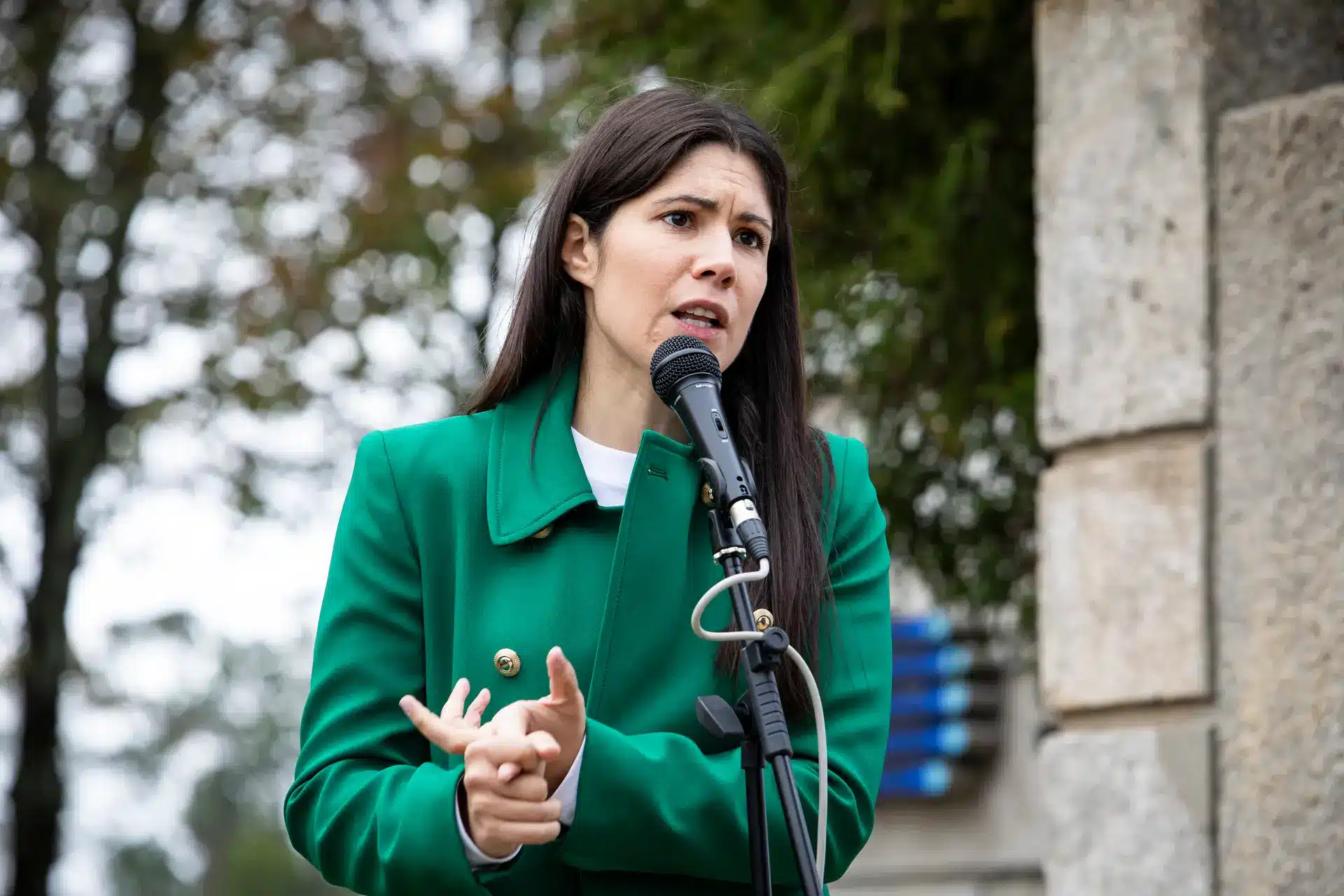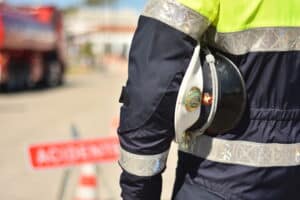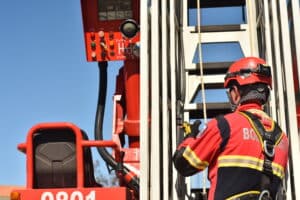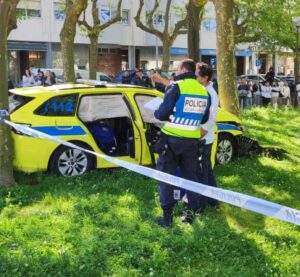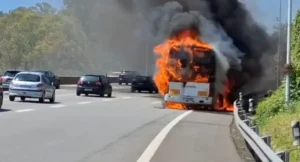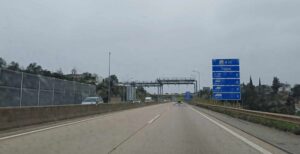Pilot tells friends and investigators “there was nothing to be done”
With official investigations still underway, the pilot of the firefighting helicopter that crashed, killing all five GNR military on board, has reportedly stressed that “all the instruments failed…”
There was no possibility of ‘ditching’ in any controlled way into the waters of the Douro, he has been telling friends, and presumably investigators who have now had the chance to interview him at his hospital bedside.
According to Correio da Manhã, “when he realised the aircraft was not responding to commands, it was a question of seconds before crashing”.
How Luís Rebelo, 44, escaped with his life appears to be a mystery even to him.
“He does not know how he came to the surface” of the river into which the helicopter plunged.
“He was still attached to his seat, with the seatbelt in place. It was only when he reached the surface that he was able to free himself. He grabbed a kind of buoy, and managed to keep breathing until he was rescued”, friend Albino Cunha has told the paper.
Investigators are still searching for two ‘vital’ missing pieces to this puzzle: the onboard computer and tail rotor of the aircraft.
Divers are at work today, trying to find both – having successfully recovered the body of the final victim, 29-year-old Tiago Pereira, yesterday afternoon.
Today, in Lamego and Moimenta da Beira, the funerals are going ahead of the first four bodies to have been recovered: all of them fathers, three of them still in their 30s.
This has been the worst firefighting-related tragedy in Portuguese history: five fatal victims in the fall of one aircraft.
The pilot remains in hospital in Vila Real, having suffered various fractures – but his level of psychological trauma is possibly much greater than his physical injuries. Albino Cunha describes Rebelo as “extremely shaken; in shock: he just talks about the young guys he left behind”.
In a statement sent to Lusa news agency, GPIAAF, the Office for the Prevention and Investigation of Aircraft and Railway Accidents says that it has concluded the essentials of the fieldwork phase of the investigation into the accident.
“Having collected evidence at the crash site, namely interviews with the pilot (the only survivor)and witnesses, as well as the bulk of the aircraft’s wreckage, which is in transit to GPIAAF’s investigation hangar at Viseu aerodrome, an attempt will still be made on Sunday morning to locate and recover some secondary wreckage”.
GPIAAF adds that “in accordance with international legislation and practice (…) the international aeronautical authorities concerned were notified on Friday and have appointed experts to cooperate with the investigation, including the aircraft manufacturer, who will take part in the examination of the aircraft wreckage.
“GPIAAF intends to publish an information note by the end of Tuesday giving an account of initial findings and the way forward for the investigation”, the statement concludes.
The crashed helicopter, model AS350 – Écureuil, was operated by HTA Helicópteros, based in Loulé, Algarve, which is understood to have leased it from Spanish company Babcock.

